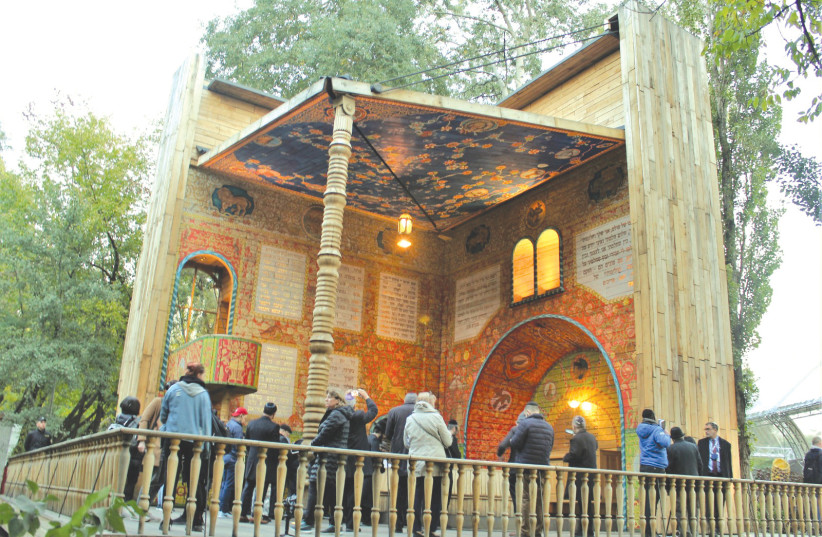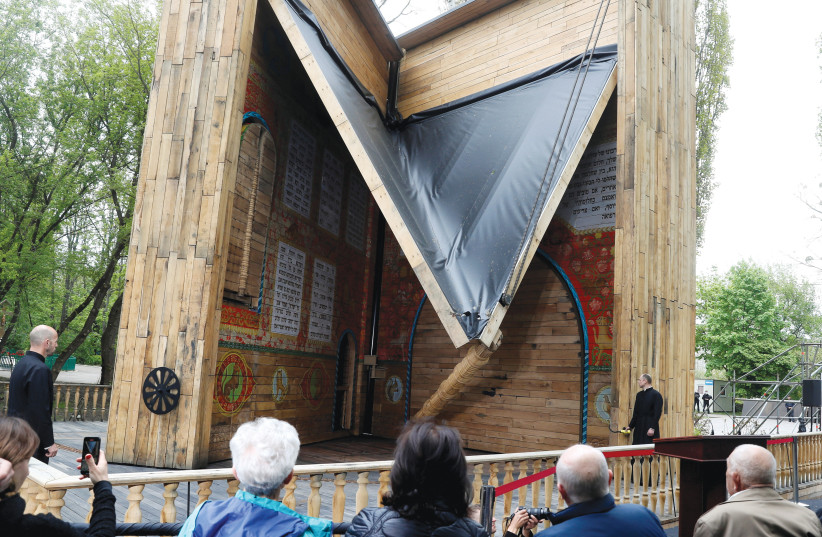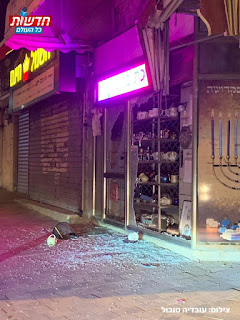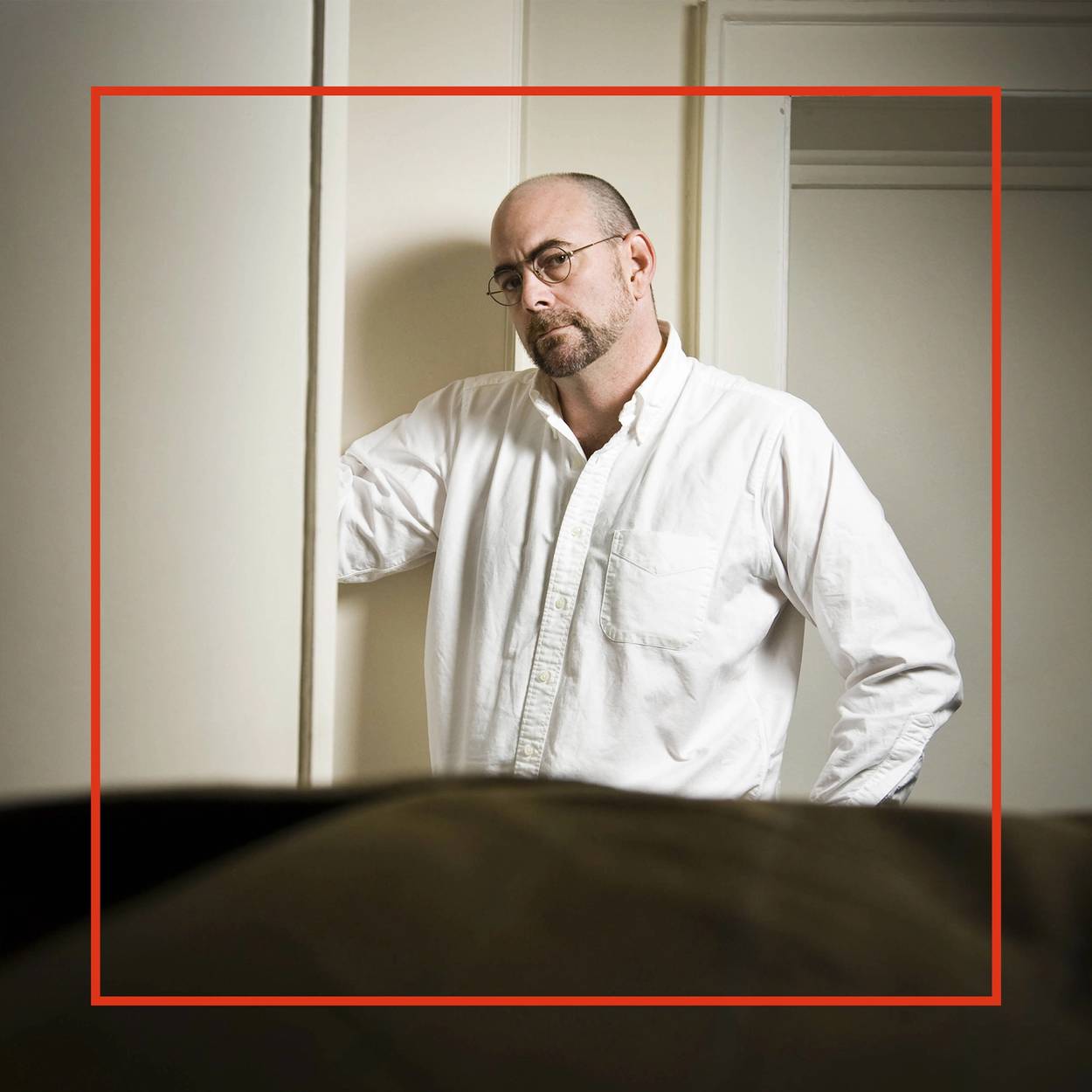 Bóg się rodzi i islmofobia w kafkowskim świecie
Bóg się rodzi i islmofobia w kafkowskim świecie
Andrzej Koraszewski
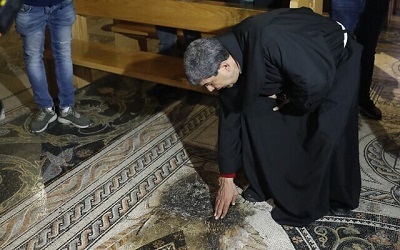 Ksiądz oglądający rozmiar szkód, po tym jak nieznany sprawca 4 grudnia 2020r. rozlał i podpalił płyn łatwopalny na podłodze w kościele we wschodniej Jerozolimie (Zdjęcie: ilustrujące artykuł w „Times of Israel”)
Ksiądz oglądający rozmiar szkód, po tym jak nieznany sprawca 4 grudnia 2020r. rozlał i podpalił płyn łatwopalny na podłodze w kościele we wschodniej Jerozolimie (Zdjęcie: ilustrujące artykuł w „Times of Israel”)
Ci, którzy krzyczą dziś o islamofobii są największymi islamofobami, w rzeczywistości islam, czy też to, co niektórzy nazywają islamizmem, radykalnym lub politycznym islamem, zmienia muzułmanów w morderców, w maszyny do zabijania. Mają zabijać Żydów, chrześcijan, muzułmanów, którzy odmawiają mordowania. Chrześcijańskie święta są okazją do zabijania chrześcijan. Kiedy my (wierzący i niewierzący) siadamy do świątecznego stołu, gdzieś w kościołach wybuchają bomby.
Czy może być chrześcijańskie Boże Narodzenie lub Wielkanoc bez chrześcijańskich trupów? W ostatnich latach to się nie zdarzało.
Tuż przed tymi świętami, 19 grudnia, arcybiskup Canterbury Justin Welby, prymas Kościoła Anglii i przywódca światowej anglikańskiej wspólnoty, wysmażył razem z anglikańskim arcybiskupem Jerozolimy Hosamem Naoumem artykuł, który opublikowali na łamach londyńskiego „Timesa”. Artykuł nosi tytuł: „Módlmy się za chrześcijan wygnanych z Ziemi Świętej”. Podtytuł głosi: „W miejscu narodzin Kościoła liczba wiernych kurczy się w obliczu nękania i dyskryminacji”. Artykuł ilustruje zdjęcie meczetu Al Aksa widzianego przez szybę kościoła z widocznym krzyżem. Również podpis pod zdjęciem mógłby wskazywać na pełną świadomość tego, kto właściwie wygania chrześcijan z „Ziemi Świętej”: „Ogólna liczba chrześcijan w Izraelu wzrasta, ale we wschodniej Jerozolimie systematycznie maleje.” Mógłby czytelnik dojść do wniosku, że maleje liczba chrześcijan mieszkających wśród Arabów, a wzrasta liczba chrześcijan mieszkających wśród Żydów. Nie tak to jednak przedstawia dwóch anglikańskich arcybiskupów.
Prymas Anglii, podobnie jak prymas Polski, to porządny człowiek, który trzyma się prawdy okrojonej do rozmiarów karykatury. Jeden z autorów tego artykułu jest Palestyńczykiem, który ma powody, żeby być ostrożnym, chociaż zupełnie nie możemy wykluczyć szczerego głębokiego antysemityzmu. Zapewne zdaje sobie sprawę, kto prześladuje chrześcijan na Bliskim Wschodzie, ale mówienie o tym głośno stanowi śmiertelne zagrożenie dla niego samego i dla jego współwyznawców. Tchórzostwo i nieuczciwość prymasa Anglii nie są powodowane jakimkolwiek zagrożeniem. Podejrzewam, że prymas (podobnie jak to robią dyplomaci z europejskich demokracji, kiedy odrobinę łagodzą antyizraelskie rezolucje przedstawiane na forum ONZ przez Palestyńczyków i inne kraje arabskie) próbował podczyścić swoje sumienie, łagodząc sformułowania jerozolimskiego arcybiskupa. Artykuł zaczyna się tak:
Boże Narodzenie to czas, kiedy myślimy o ziemi, która zrodziła Biblię. Słuchamy jej fragmentów, śpiewamy kolędy, w których pojawiają się nazwy Jerozolimy, Nazaretu i Betlejem. Te miejsca są bliskie miliardom (sic) chrześcijan, niezależnie, czy je odwiedzali, czy nie. Ale nie powinniśmy ich romantyzować, szczególnie nie podczas obecnych świąt Bożego Narodzenia.
W ubiegłym tygodniu przywódcy Jerozolimy uderzyli w dzwon alarmowy. We wspólnym oświadczeniu napisali, że chrześcijanie w całej Ziemi Świętej stali się celem częstych i utrzymujących się ataków ze strony małych, radykalnych grup.
Ponieważ w tym oświadczeniu jest wyraźnie mowa o żydowskich ekstremistach zaniepokoiłem się, że coś musiałem przeoczyć, co więcej, że przeoczyły to również najbardziej antyizraelskie źródła. W poszukiwaniu tych „częstych i utrzymujących się ataków” natrafiłem na artykuł w „Times of Israel”, gdzie istotnie mamy nawet zdjęcia podpalonej sterty drewnianych krzyżyków z maja 2014 i śladów ognia na podłodze kościoła z grudnia 2020 roku. Autor artykułu pisze również o przypadkach wrogich graffiti wymalowanych na murach chrześcijańskim kościołów i przypisywanych żydowskim ekstremistom. Nie muszę dodawać, że izraelska policja bezwzględnie ściga taki wandalizm.
W „Spectatorze” zwraca uwagę na artykuł dwóch arcybiskupów znany brytyjski dziennikarz, Jake Wallis Simons. Jego artykuł zaczyna się od relacji z chrześcijańskiej Wielkanocy w 2019 roku:
Przyjechałem do Kolombo rano po ataku i udałem się prosto do kostnicy, aby zidentyfikować niektóre z 269 ofiar. Betonowy budynek z ładnym drewnianym dachem był wypełniony ogromną liczbą zabitych chrześcijan. Kilka ciał leżało na podłodze przy wejściu, niektóre tylko częściowo zakryte. Było bardzo gorąco i wilgotno, a smród utrzymywał się w moich ubraniach przez tygodnie. Na zewnątrz kostnicy ustawiono komputer. Zrozpaczeni krewni oglądali slajdy z częściami ciał, aby sprawdzić, czy uda im się rozpoznać kępkę włosów, fragment ucha lub palec, na którym nadal jest pierścionek.
Autor przypomina panu prymasowi, że tak wygląda prześladowanie chrześcijan. Sri Lanka nie jest jedynym miejscem, gdzie chrześcijańskie święta często przeradzają się w chrześcijański koszmar. Te prześladowania nazywa się często ludobójstwem chrześcijan w świecie islamu. O tym ludobójstwie milczą nie tylko biskupi Jerozolimy. Uparcie milczy o nim papież, prymas Anglii, Światowa Rada Kościołów i pobożni kwakrzy. W oświadczeniu chrześcijańskich przywódców Jerozolimy przyznaje się jednym zdaniem, że „chrześcijanie w Izraelu cieszą się wolnościami demokratycznymi i religijnymi, które są latarnią morską w regionie”. Reszta tego oświadczenia, wydaje się być ukłonem pod adresem tych, których obawiają się rzeczywiście, czyli oskarżeniem Żydów na zlecenie muzułmanów, arcybiskup Canterbury usłużnie się dołączył.
Jake Wallis Simons pisze, że “Arcybiskupi zadbali o przypomnienie czytelnikom, że ‘w tle bożego narodzenia było ludobójstwo niemowląt, którego dokonał król Herod’”. Ani oświadczenie jerozolimskich przywódców chrześcijan, ani artykuł dwóch arcybiskupów nie wspomina, że „populacja chrześcijańska w regionie Bliskiego Wschodu zmniejszyła się z 20 procent sto lat temu do zaledwie 5 procent dzisiaj (co jest echem niemal całkowitego wypędzenia Żydów, które miało miejsce pod koniec lat 40. i 50. XX wieku)”.
W Afryce chrześcijanie są mordowani całymi wioskami niemal codziennie, w Pakistanie i w Egipcie tylko często, „w Iraku, Iranie i Turcji antychrześcijańska propaganda państwowa jest powszechna”. Ankara często mówi o wyznawcach Chrystusa jako „zagrożeniu dla stabilności narodu”, przedstawiając ich jako zachodnich kolaborantów. W Arabii Saudyjskiej podręczniki szkolne, których używa się do kształtowania umysłów następnego pokolenia, „podsycają nienawiść do chrześcijan i Żydów.”
Czy te święta miną w miarę spokojnie? Izraelscy chrześcijanie nie muszą obawiać się o swoje życie, tam chroni ich izraelska policja. Dramat innych chrześcijan hierarchów Kościołów nie interesuje, ich humanizm tak daleko nie sięga. Oni uprawiają dialog międzywyznaniowy. My nie musimy i możemy przynajmniej spróbować się dowiedzieć, kto tych świąt nie zdołał przeżyć. Ateizm nie powinien ludzkim odruchom przeszkadzać. Religia właściwie też nie, można dostrzegać zbrodnie niezależnie od koloru skóry, narodowości, czy wyznania ofiar i niezależnie od wyznania sprawców.
Zawartość publikowanych artykułów i materiałów nie reprezentuje poglądów ani opinii Reunion’68,
ani też webmastera Blogu Reunion’68, chyba ze jest to wyraźnie zaznaczone.
Twoje uwagi, linki, własne artykuły lub wiadomości prześlij na adres:
webmaster@reunion68.com


